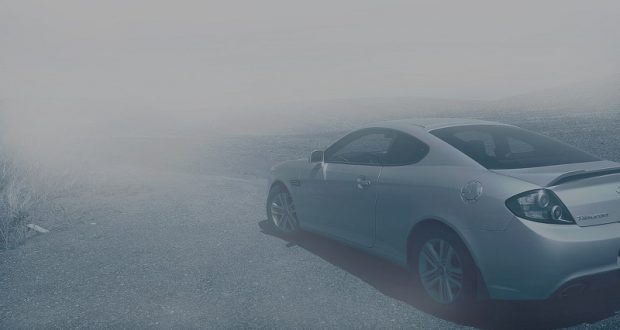FRESNO — With winter weather on the way, one reality of driving in California’s Central Valley returns to challenge motorists — fog.
The California Highway Patrol encourages motorists to prepare for fog and winter driving conditions. The fog season in the Central Valley typically begins during the month of November and continues through February.
“Many collisions result from driving too fast, so the first and foremost tip is slow down,” said Chief Nick Norton, CHP Central Division Commander. “It’s a simple matter of physics that your vehicle can’t stop as fast or turn as accurately on wet or icy pavement.
“The CHP has resources available for motorist to check in advance for highway information; a simple call to 1-800-427-7623 (ROAD) could save a driver a lot of time and keep them safe. Drivers must accept the responsibility for driving slower and safer in the fog.”
To help slow traffic, as resources allow, the CHP will have pace units working on major highways and interstates between Fort Tejon and Modesto on foggy days when visibility is less than 500 feet. The CHP pace units will slow vehicles to a safe speed during limited visibility conditions.
The CHP/Caltrans Central Valley Transportation Management Center (CVTMC), and the National Weather Service will provide information to the media regarding weather and road conditions throughout the Valley. Motorists should tune in to local radio and television stations for up-to-date information.
The CHP provides the following tips when traveling in winter weather:
- Prepare for potential inclement weather by leaving early, allowing plenty of time to get to your destination. Make sure your gas tank is full.
- Always leave ample distance between your vehicle and the one ahead.
- Check to see you windshield wipers are in good condition. Don’t forget the law require you to have your headlights on anytime the windshield wipers are operating continuously.
- If you are heading to mountain country or anywhere you may encounter snow, bring tire chains, and warm, waterproof clothes. Other items that may prove useful: flares, flashlight, and strong batteries, small shovel, windshield scraper, blankets, drinking water and snacks.
- If you are driving in fog, keep headlights on low beam, do not stop on the roadway (except in emergency), move away from a stalled or disabled vehicle, watch for CHP pace vehicles which may be guiding traffic though fog and consider turning off the road and waiting until the fog eases.
- Prepare your vehicle prior to bad weather. Replace windshield wipers if necessary and check your brakes and your fluids. The worst time to break down is during bad winter weather. Towing services are usually overwhelmed with collisions and response times are delayed.




